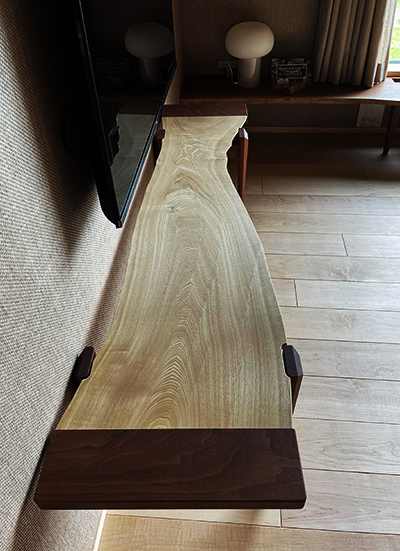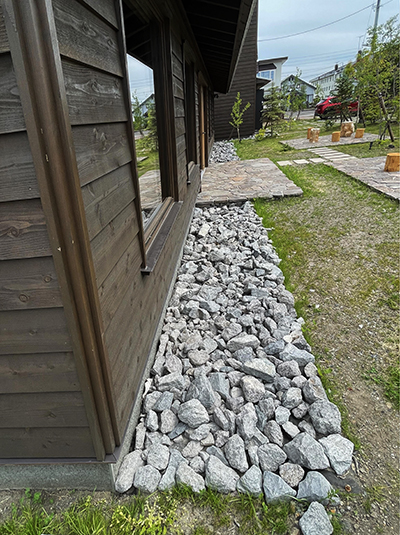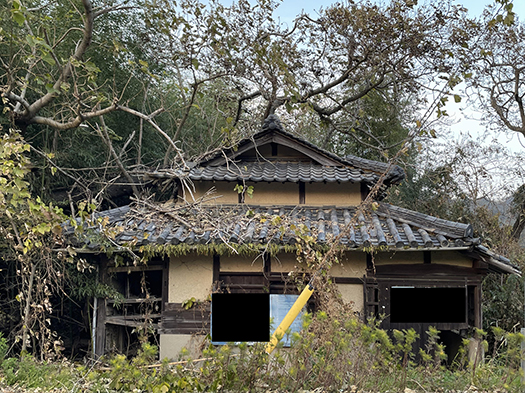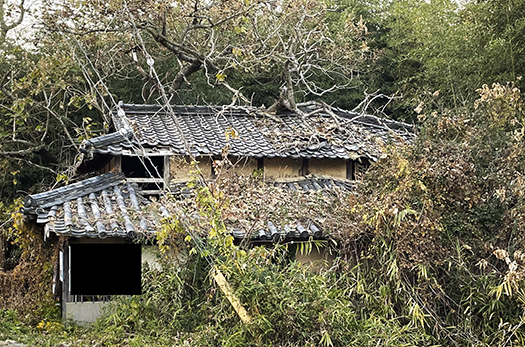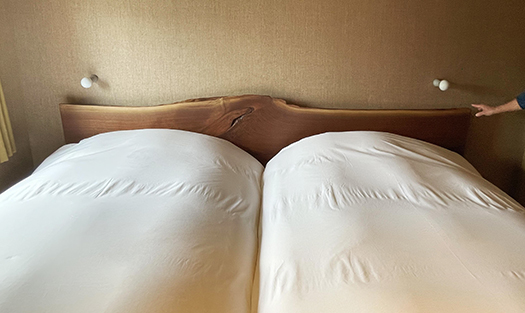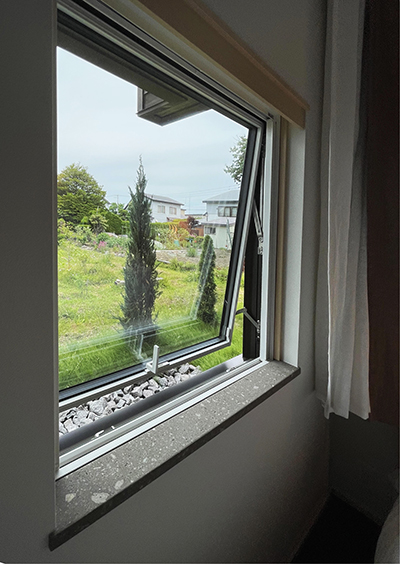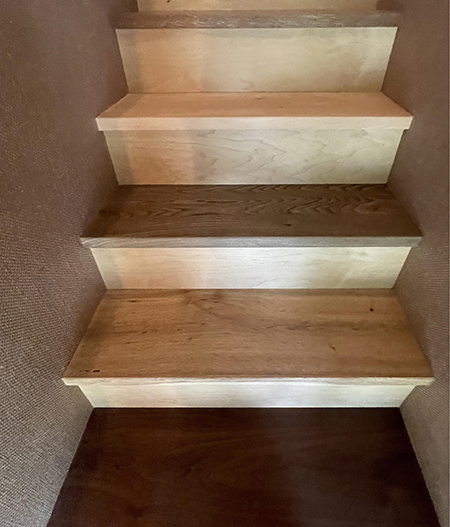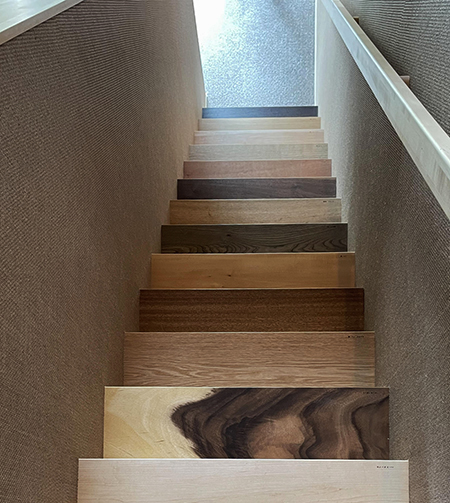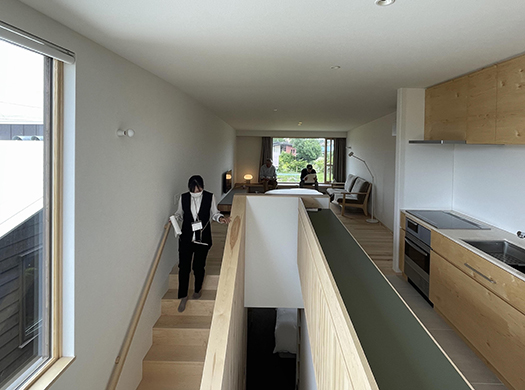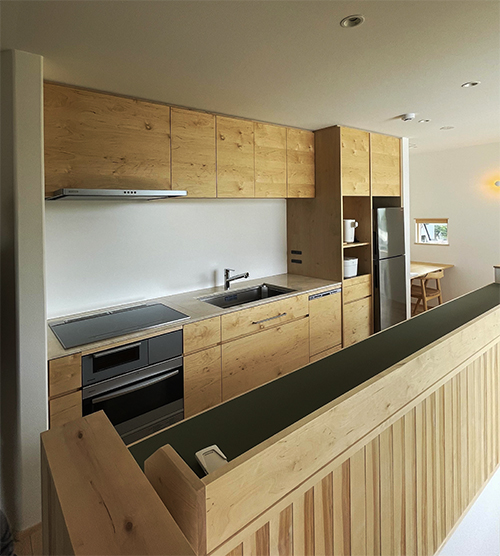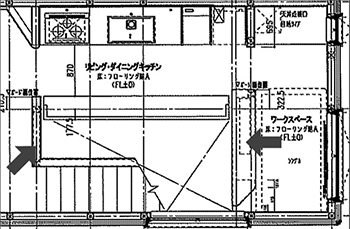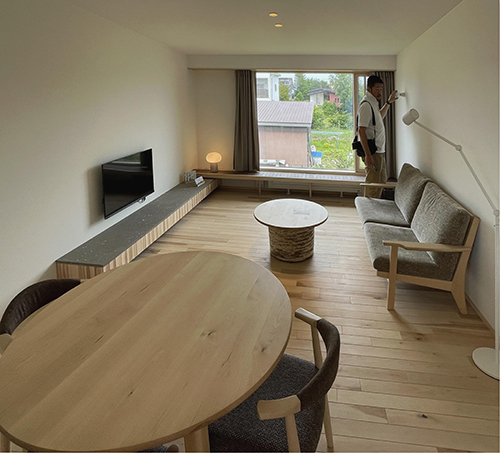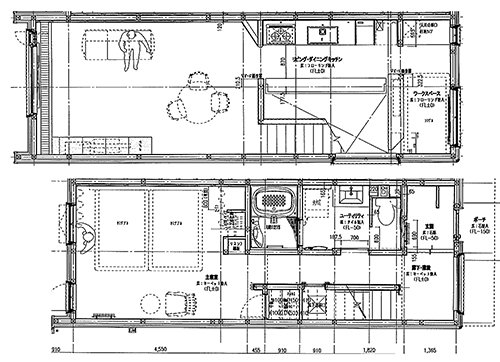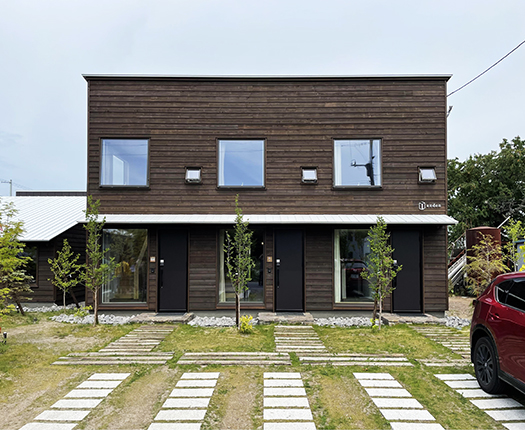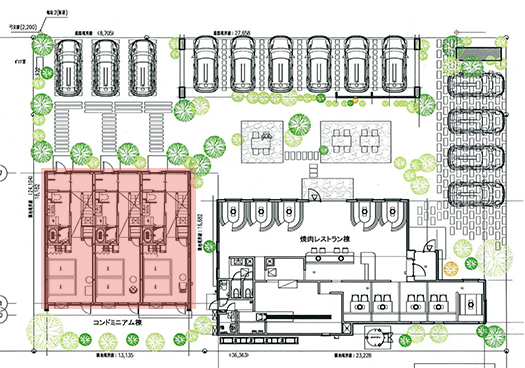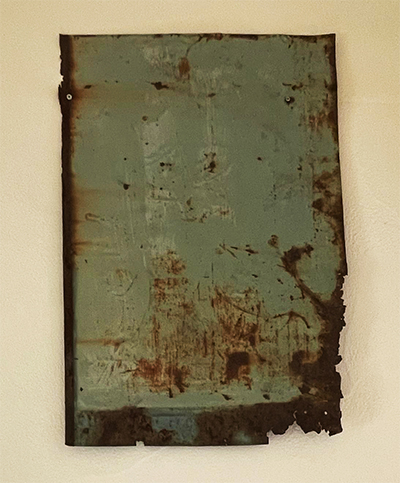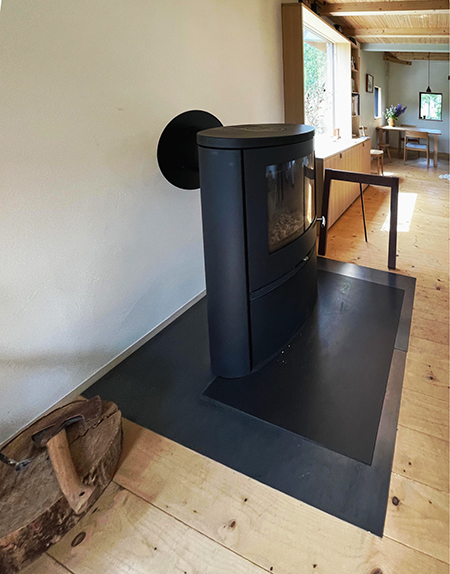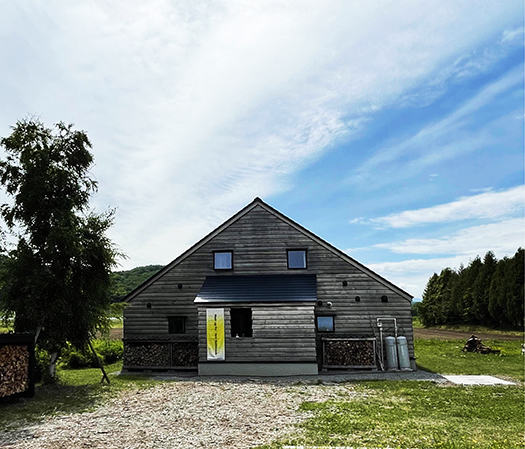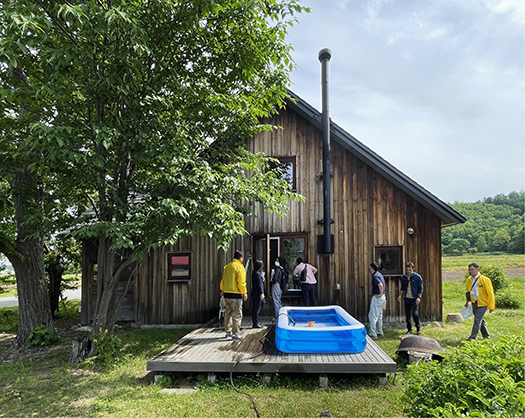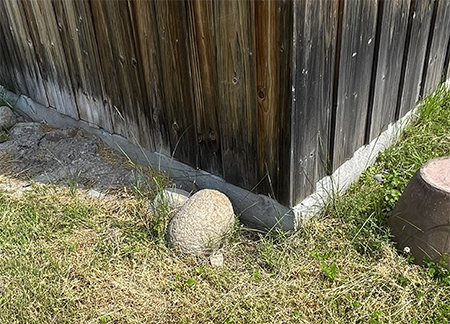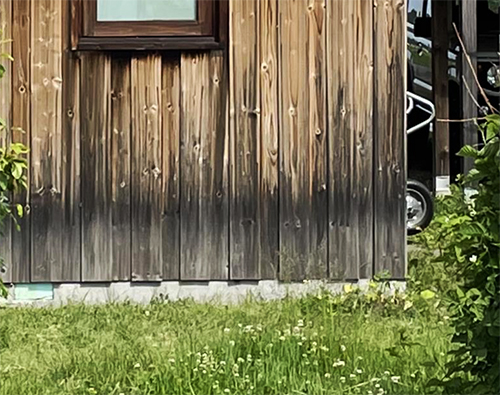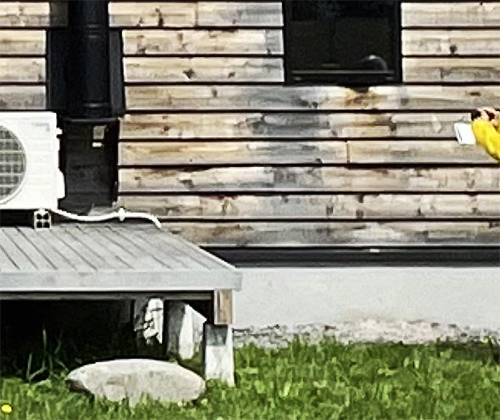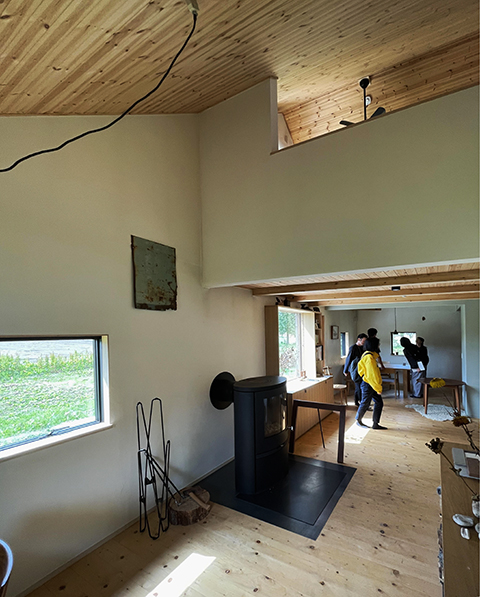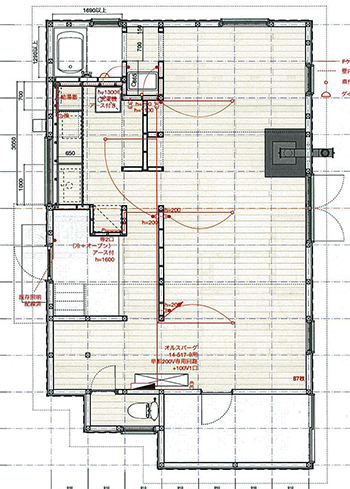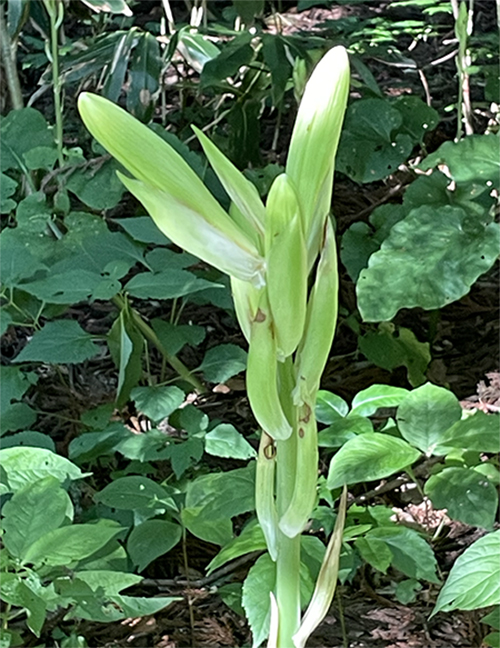
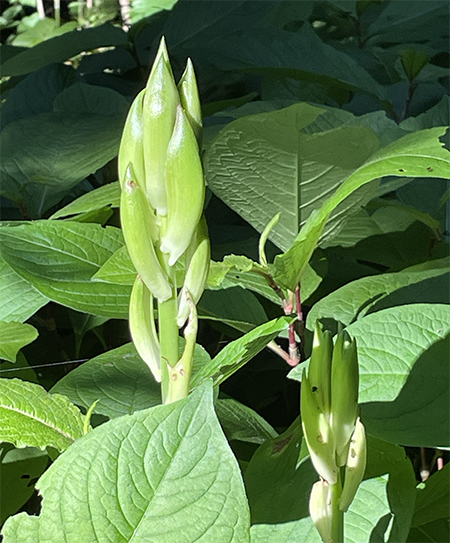
夏至も過ぎてことしも半年を経過してきました。
毎朝の散歩は基本的にずっと継続しております。冬の間も雪道と会話しながら「歩けるところを歩く」という自然な姿勢で継続してきています。ことしはその上で食事改善を並行させているので、体重は10%近く減少を見せております。「近く」というのが微妙で(笑)その日の体重計の加減で上下しているところなのです。調子がいいほどに食欲も増進するので、断捨離の難しさを痛感する。
という散歩道で目を楽しませてくれるのが、札幌円山の山裾地域を流れる小川「宮の森川」に沿って展開する自然林のなかで点々と咲き誇っているオオウバユリたち。
毎年、このブログでも日々の「変化〜へんげ」ぶり観察日記を掲載していましたが、ことしもいまちょうど下の写真のような、ぼってりと花芽が膨らんだ状態から、上の写真のように花芽が「弾け」はじめてきています。たわわというコトバが似合う瞬間から、バサッとそれぞれの花弁の部分が開花に向かって叫び声を上げるような瞬間であります。
オオウバユリというのは、アイヌの人びとのソウルフードになる植物でこの花芽の地下茎の部分が豊かなデンプン質を貯蔵して、それを粉状にして団子のように食すのだそうです。一度わたしも食べさせてもらったことがありますが、まことに「蝦夷地」の風土性を堪能させてくれる味わい。
しかしその食感以上に、この時期から展開する花芽の時々刻々の変幻ぶりが楽しい。
地上のいのちのまぶしい緑の輝きがこちらのこころ一杯に広がってくれる。
「わが恋の終わらざるがごとくに、わが曲も終わらざる」
というのは音楽家・シューベルトの生涯を描いた古い映画のラストシーン、最後のコトバなんだそうですが、このオオウバユリとの毎年の対話は、まるで心躍る恋愛のような旋律でこころの奥深くに沈殿し続けてくれる。この出会いが毎年変わらずにあることに感謝する次第です。
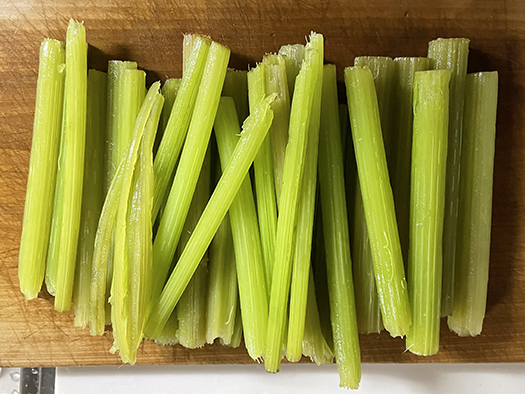
さて一方こちらは山菜のフキを「皮むき」して調理する寸前のみずみずしいお姿。
オオウバユリさんはいまのところ、その変化ぶりをまるで女優さんのしなやかな体動のようにウオッチングするお相手ですが、こちらはたっぷりと手間暇掛けて食感を満たしてくれる存在。皮むき、スジ取りはメンドイ作業ではありますが、塩ずりから茹でて、外側の繊維スジを全周にわたって丹念に取り除くのは、これも自然との対話で、深い味わいがある。
なにより終わったあと、たのしい食感でよろこびを爆発させてくれる(笑)。
ことしも北国の自然がさわやかな彩りを見せてくれています。
English version⬇
Sapporo summer is in full swing.
The call of early summer in northern Japan. They stand up in the forest and surprise the eye with their transformed poses. I wonder how long it will be before it blooms in its signature pose? …….
The summer solstice has passed and so has the first six months of this year.
We have basically continued our morning walk every morning for a long time. Even during the winter, I have continued to walk where I can while conversing with the snow-covered roads. Since I have been improving my diet on top of this, my weight has decreased by nearly 10% this year. The “close” is a delicate word (laugh), and it fluctuates depending on the scale on any given day. The better I feel, the more my appetite increases, which makes me realize how difficult it is to break away.
The day I went for a walk along the “Miya-no-mori River,” a creek that runs along the foot of the Sapporo Maruyama mountain range, my eyes were delighted by the blooming of the day lilies that dotted the natural forest along the Miyanomori River.
Every year in this blog, I have been posting a diary of my daily observations of the “changes” in the blooms, and this year, the flower buds are beginning to “pop” as shown in the photo above from the state of bulging flower buds as shown below. The word “flabby” is appropriate for this moment, and the petals of each flower petal are screaming for blooming.
The flower buds of the lily of the valley are said to be the soul food of the Ainu people, who store rich starch in their underground stems and eat them as dumplings. I have tried it once, and it was a taste that made me appreciate the local flavor of “Ezo”.
More than the texture, however, I enjoy the ever-changing appearance of the flower buds that develop from this time of year.
The dazzling green glow of life on earth fills our hearts.
As my love never ends, so my music never ends.
This is the last line of the last scene of an old movie about the life of the musician Schubert. The annual dialogue with the day lilies is like an exciting love affair, and the melody keeps settling deep in my heart. I am grateful that this encounter remains unchanged year after year.
This is a fresh wild butterbur just before it is “peeled” and cooked.
While the lily of the valley is a partner to watch its changes like an actress’s flexible body movements, this is a being that takes a lot of time and effort to satisfy our taste buds. Peeling and removing the skin is a tedious process, but boiling the fish with salt and carefully removing the outer fibrous threads all the way around is a dialogue with nature that is deeply satisfying.
Above all, after the process is over, the delightful texture makes me explode with joy (laughs).
The northern nature is showing us fresh colors again this year.
Posted on 7月 5th, 2023 by 三木 奎吾
Filed under: こちら発行人です | No Comments »



